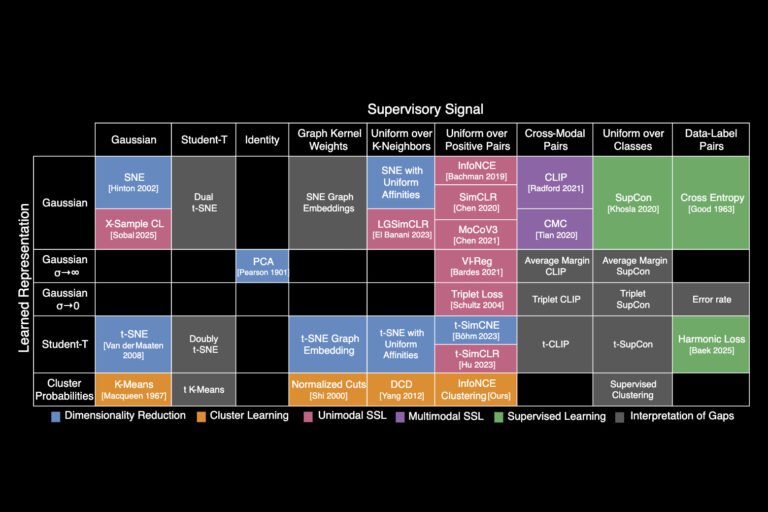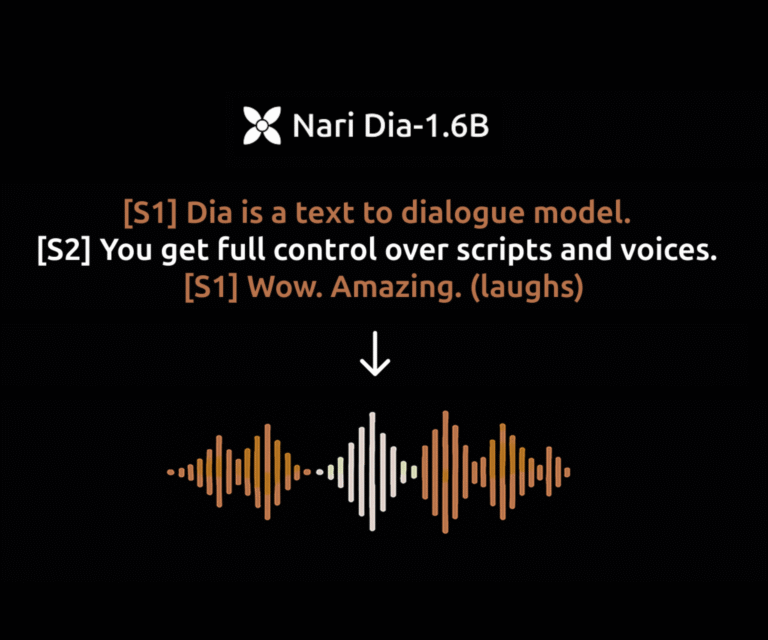Understanding RAG Part X: RAG Pipelines in Production
Be sure to check out the previous articles in this series: • <a href=" Source link

Be sure to check out the previous articles in this series: • <a href=" Source link

MIT researchers have created a periodic table that shows how more than 20 classical machine-learning algorithms are connected. The new framework sheds light on how scientists could fuse strategies from different methods to improve existing AI models or come up…

The development of text-to-speech (TTS) systems has seen significant advancements in recent years, particularly with the rise of large-scale neural models. Yet, most high-fidelity systems remain locked behind proprietary APIs and commercial platforms. Addressing this gap, Nari Labs has released…

As LLMs become more prominent in healthcare settings, ensuring that credible sources back their outputs is increasingly important. Although no LLMs are yet FDA-approved for clinical decision-making, top models such as GPT-4o, Claude, and MedPaLM have outperformed clinicians on standardized…

Anthropic has released a detailed best-practice guide for using Claude Code, a command-line interface designed for agentic software development workflows. Rather than offering a prescriptive agent framework, Claude Code provides a low-level, developer-centric interface to integrate the Claude language model…

Diffusion Transformers have demonstrated outstanding performance in image generation tasks, surpassing traditional models, including GANs and autoregressive architectures. They operate by gradually adding noise to images during a forward diffusion process and then learning to reverse this process through denoising,…

VoltAgent is an open-source TypeScript framework designed to streamline the creation of AI‑driven applications by offering modular building blocks and abstractions for autonomous agents. It addresses the complexity of directly working with large language models (LLMs), tool integrations, and state…
Retrieval augmented generation (RAG) is one of 2025’s hot topics in the AI landscape. Source link

Designing intelligent systems that function reliably in dynamic physical environments remains one of the more difficult frontiers in AI. While significant advances have been made in perception and planning within simulated or controlled contexts, the real world is noisy, unpredictable,…

In this tutorial, we’ll build an end‑to‑end ticketing assistant powered by Agentic AI using the PydanticAI library. We’ll define our data rules with Pydantic v2 models, store tickets in an in‑memory SQLite database, and generate unique identifiers with Python’s uuid…